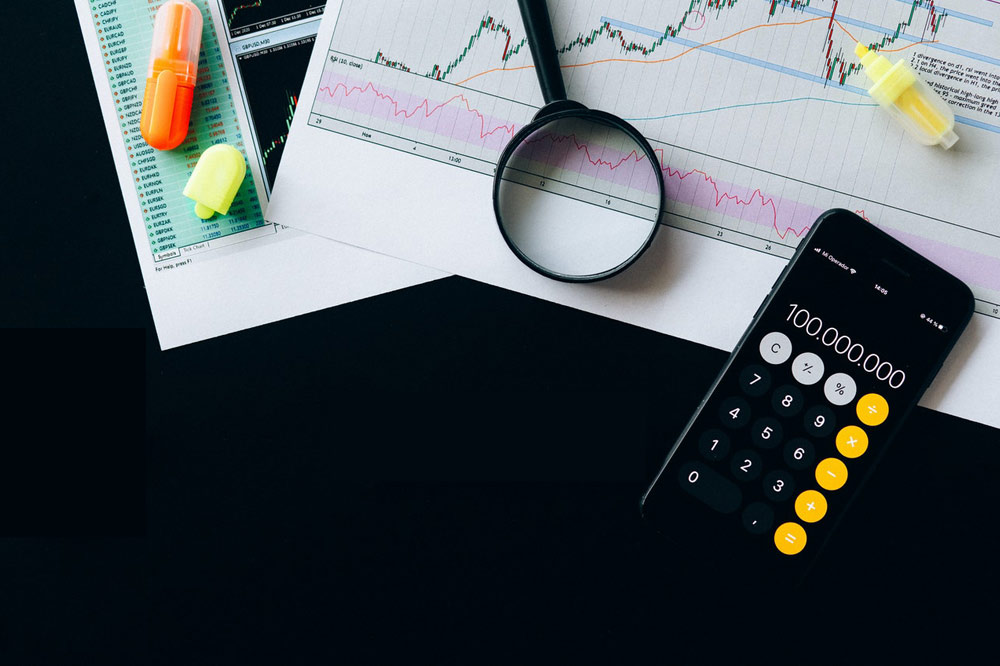The Crypto trading market has become extremely popular across the globe. New crypto exchanges are entering the market and need to attract new users quickly or risk liquidation. They employ methods like wash trading and spoofing to inflate their trading volumes.
Certain websites rank exchanges on their market capitalisation, price, volume, and supply. Traders trust exchanges with higher trading volumes because it implies that the exchange has high liquidity.
These exchanges manipulate the price of crypto by wash trading. It creates fake trade volume numbers that help exchanges gain popularity among traders.
Wash Trading
What Is It?
It is a form of price manipulation. A trader would buy and sell the same crypto from themselves. The first place a sell order, then a buy order, and trade with themselves. It is an illegal practice in crypto and stock trading.
It does not provide the trader with any profits or losses, but it does drive up the trading volume of a crypto exchange and the volume of the cryptocurrency.
For example, if a trader places a sell order for 20 BTC (Bitcoin) for $380,000 and places a buy order for the same amount on a different account, they would wash out the previous trade by receiving no profit or loss from the two trades.
Many crypto exchanges do not have enough security protocols to monitor and prevent price manipulation. Moreover, it occurs on many exchanges because they do not require KYC compliance from their users. Some exchanges only require a user’s email address to begin trading.
Furthermore, it creates faux trading volumes for exchanges in the market. Traders and some exchanges do this to attract more people to their platform or to get more users to trade a specific cryptocurrency.
Types

There are also three ways an exchange or trader might perform wash trading. The first is called in-spread trades without limit orders. Here crypto exchanges show false data on trading volume in their reports. They can only do this when there are limited orders in the order book.
The next way is in-spread trades with short-lived limit orders. Exchanges or large-scale investors use high-frequency trades to perform wash trades. These trades are only in the order book for a short time.
The final method, trades near bid-ask caused by short limit orders, is the most common way to wash trades. Traders place sell orders close to the best bid and place buy orders close to the best ask. Traders complete these trades very quickly.
Methods
For exchanges and large-scale investors to effectively wash trades, they would need to trade at a larger scale than just a few daily trades. They employ high-frequency trades to complete thousands of trades within seconds. They do this by using automated trading bots or massive computing power.
This trend started with large investment companies deploying hundreds of computers to automate client trades. High-frequency trading is not illegal, but wash trading is. Regulatory agencies attempt to monitor high-frequency trading, and wash trades are far less common on the stock market.
On the other hand, the crypto market is not as regulated, and most exchanges are not heavily regulated. This makes it easier for exchanges to use high-frequency trades to inflate their trading volumes.
Why Do Crypto Exchanges Wash Trades?
The cryptocurrency market boomed in 2017. There are increasing cryptocurrencies on the market, and new crypto exchanges are looking to profit from the crypto trade. These new crypto exchanges want to attract traders to their platform, and it is increasingly difficult to achieve because of the saturated market.
The higher an exchange’s trading volume, the more trust traders have in it. When they see an exchange conducting more trades than another, they usually choose the exchange with the higher frequency of trades. So, the best way for them to attract new users is to increase their trading volumes on sites like CoinMarketCap.com and Messari.
Additionally, CoinMarketCap.com ranks crypto exchanges on their trading volumes, and the higher the exchanges are ranked, the more exposure they receive. This allows these exchanges to gain more trust from traders and charge more fees for listing new cryptocurrencies on their platform.
Accordingly, for these new exchanges to grow and increase revenue, they wash trades by conducting high-frequency trades or misreporting their daily trading volumes.

Data And Research Websites For Crypto Exchanges
Crypto exchanges usually display their daily trading volumes on their sites, but many other platforms share and compare data from hundreds of crypto exchanges in the market. CoinMarketCap.com (CMC) and Messari are among the most popular platforms for these purposes.
CoinMarketCap.com tracks market movements in crypto and has features to help traders and investors. Users can see the total market cap of all cryptocurrencies. They can also see individual trading volumes and compare different exchanges. CoinMarketCap.com tracks over 2,870 crypto exchanges, so it is a useful advertiser for new crypto exchanges to attract users and increase their trading volumes.
Messari uses four main metrics in its approach. These are price, volume, supply, and market capitalisation. Their methodology uses over 100 quantitative metrics and over 15 qualitative classifications. And their goal is to provide users, traders, investors, or anyone with transparent data from the crypto market.
Reports On Price Manipulation
CFTC Investigation
There have been many investigations into the scope of price manipulation in the crypto market. In 2018, the US Commodity Futures Trading Commission (CFTC) launched an investigation into crypto price manipulation. The investigation began when the CME Group launched BTC futures based on four crypto exchanges: Bitstamp, Coinbase, itBit, and Kraken.
When CME requested data from these exchanges, some refused but complied later when their due date was changed from a few days to a couple of hours. The exchanges also did not want to provide their data to a third party that CME hired.
This prompted the CFTC to question why the CME did not have standing agreements with the exchanges to share their data.
BTI Report
Also, the Blockchain Transparency Institute released a report in 2019 showing the proportion of wash trades on various crypto exchanges and CMC. They concluded that global wash trading reduced by 35,7% among the top 40 exchanges.
Of the real top 40, OKEx and Bibox had the highest percentage of wash trades. Both have a percentage of over 75%. Their cleanest exchanges were Kraken, Poloniex, Coinbase, and Upbit.

They also report that the USA and Japan have the cleanest exchanges globally. This is due to their strict regulations regarding crypto trading and requirements for crypto exchanges. That said, strict regulations do not always equal cleaner exchanges.
CMC listed high-wash trading exchanges on their adjusted volume top 10 lists. These included LBank, BW.com, Bit-Z, Coinbene, and OEX. All of these exchanges had percentages from 96,7 to 99,7. These high percentages are due to CMC’s method of listing trading volumes. They listed exchanges without any basic checks. And this incentivises platforms to inflate their trading volumes to get a higher ranking on CMC.
In addition, there were 73 out of the top 100 exchanges with trading volume percentages of more than 90%. Only about 25% of CMC’s top-listed exchanges publish accurate information.
How To Curb Fake Trade Volumes
There are a few ways to slow downwash trading in the crypto market. From the BTI report, there is a clear indication that exchanges and informational websites like CMC need to have stricter regulations. This includes making trading data more transparent to users on the platform.
Messari has a column on its site called the Real-10 volume. This is trading volume data from the top 10 exchanges that do not wash trade at a high percentage. Also, CMC has a similar metric, but they need to perform more checks on the exchanges they list on the site.
Furthermore, exchanges must implement protocols preventing users from creating multiple accounts. Some exchanges already tie users to their IP addresses and government ID cards. This needs to be standardised across the crypto market.
Crypto exchanges can also disallow any trades from the same account by using the exchange’s algorithm to determine a wash trade.
Finally, users can spot fake trading volume by looking at the exchange’s 24-hour trade volume and the amount of crypto in their wallet. If the trade volume greatly exceeds the amount in the wallet, there is a good chance that the exchange is wash trading.

Final Thoughts
Although wash trading is a popular method among large-scale investors and crypto exchanges, it is declining year on year.
As more exchanges are regulated, traders have less opportunity to engage in most forms of price manipulation.
Websites like Messari and CoinMarketCap.com now show metrics from exchanges not involved in wash trading, so it is easier for traders to ignore exchanges with fake trade volumes.

















